Discover the essential elements that make structural engineering and design successful for buildings and bridges.
The Importance of Effective Structural Design
Effective structural design is crucial for the stability and safety of buildings and bridges. It involves the careful analysis and planning of various structural elements to ensure that they can withstand the forces and loads they will be subjected to. A well-designed structure not only prevents collapse, but also ensures the longevity of the structure.
Additionally, effective structural design also plays a significant role in optimizing the functionality and sustainability of a building or bridge. It allows for efficient use of space, proper distribution of loads, the creation of visually appealing structures, and adherence to evolving energy standards.
Achieving effective structural design requires engineers to consider factors such as the structure's purpose, materials, environmental conditions, and relevant building codes and regulations.
Overall, the importance of effective structural design cannot be overstated. It is the foundation upon which safe, functional, and energy-efficient structures are built. Continue reading on to learn more about some key components in structural design and engineering. 👇
Incorporating Sustainability into Structural Engineering
In recent years, there has been a growing emphasis on sustainable practices in structural engineering and design. With the increasing awareness of environmental issues and the need for energy-efficient solutions, engineers are now incorporating sustainable principles into their projects.
Implementing sustainable practices in structural engineering involves using environmentally friendly materials, minimizing waste during construction, and energy-efficient structures. One such way professionals strive to meet these goals is with the use of "green" building materials such as structural thermal break.
What is a structural thermal break? We're glad you asked. A thermal break is material with low thermal conductivity that interrupts the transfer of heat in steel structures. The material acts as a "break" when it is installed between two materials with high thermal conductivity, such as steel.
[READ NEXT: Sustainable Living Innovations with Structural Thermal Break]
Along with better ventilation systems, solar panels, and other green construction innovations, structural thermal break is a special material that reduces the amount of energy loss structures experience in different climates. In a process called "thermal bridging," steel acts as a conduit for heat and energy to transfer from the warmer side of the building to the colder side. Whether it's cool outside or inside, heat is always going to travel via the path of least resistance to the cooler side (Connection A).
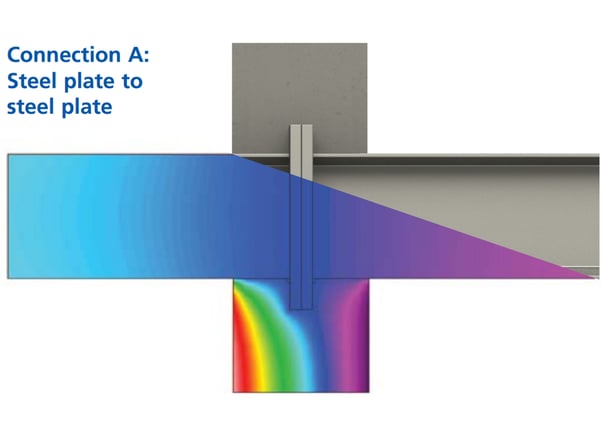
Therefore, structural thermal break is an increasingly important component to maximize the energy efficiency of new structures. These materials interrupt the flow of heat transfer, keeping the heat where it belongs whether that's outside or in (Connection F). A good air conditioning system is only as good as the building's capacity to limit the amount of heat escapes/enters the structure.
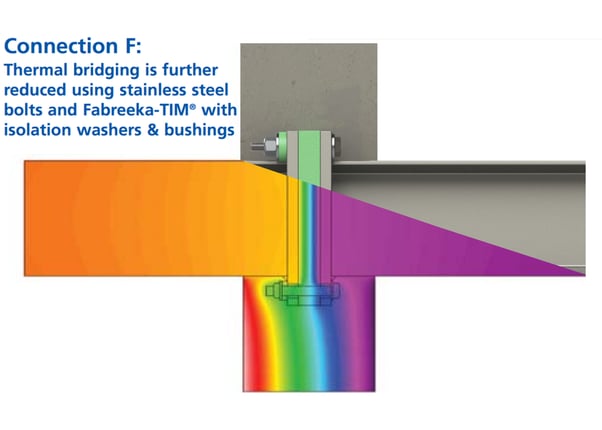
With sustainable building practices covered, plenty of other building materials contribute to effective structural engineering and design. Structural slide bearings are often used to support load distribution in structures, helping make new construction projects like buildings and bridges last.
Utilizing Advanced Materials with Slide Bearings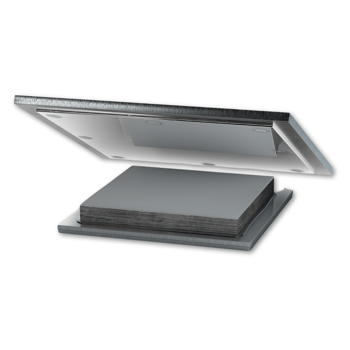
Another key component of effective structural engineering and design is the utilization of advanced materials, particularly those that incorporate slide bearings. Slide bearings are designed to accommodate movement and rotation between structural elements, allowing for flexibility and preventing damage.
By utilizing advanced materials with slide bearings, engineers can design structures that can withstand dynamic loads, thermal expansion, and other forces that can cause stress and deformation. These materials provide the necessary support and flexibility to ensure the stability and longevity of the structure.
[READ NEXT: How Fixed and Slide Bearings Work in Bridge Construction]
Some examples of advanced materials that are commonly used with slide bearings include reinforced concrete, steel alloys, and composite materials. These materials have high strength-to-weight ratios, excellent durability, and corrosion resistance, making them ideal for structural applications.

In conclusion, the utilization of advanced materials with slide bearings is an essential component of effective structural engineering and design. It allows for the creation of robust and resilient structures that can adapt to various external conditions.
Structural Engineering Elements from Fabreeka
Fabreeka is a leading provider of structural engineering elements that enhance the performance and durability of buildings and bridges. Their products include vibration isolation pads, thermal break materials, and expansion bearings.
.png?width=250&height=250&name=TIM_Transparent%20(1).png) Fabreeka-TIM Structural Thermal Break is our structural thermal break boasts compressive strength akin to steel, meaning you can rely on our material for all our steel structures. With quick turnaround times and precise repeatability, it's easy to see why so many building professionals continue to specify our thermal break material.
Fabreeka-TIM Structural Thermal Break is our structural thermal break boasts compressive strength akin to steel, meaning you can rely on our material for all our steel structures. With quick turnaround times and precise repeatability, it's easy to see why so many building professionals continue to specify our thermal break material.
Moreover, the Fabreeka-TIM RF Series is a rigid foam material that makes for the best insulation material for column bases, cold storage, and non-moment connections. The unique properties of this material make it suitable for harsh environments as it is impermeable to most liquids and oils. You can learn more about these incredible materials in our brand new overview..png?width=250&height=250&name=TIM%20and%20SBX%20Email%20Graphics%20(1).png)
Our slide bearings are available in a range of materials to suit any application. Our product portfolio includes:
For more technical information on these wonderful building materials, download our product overview for a glance at what these slide bearings can do for your next project.
By incorporating structural engineering elements from Fabreeka, engineers can enhance the performance, safety, and longevity of their projects. These elements are designed and manufactured to the highest standards, ensuring reliability and effectiveness.
In summary, the utilization of structural engineering elements from Fabreeka is a key component of effective structural engineering and design. It allows for the optimization of performance and the mitigation of potential issues in buildings and bridges.
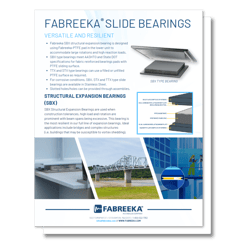

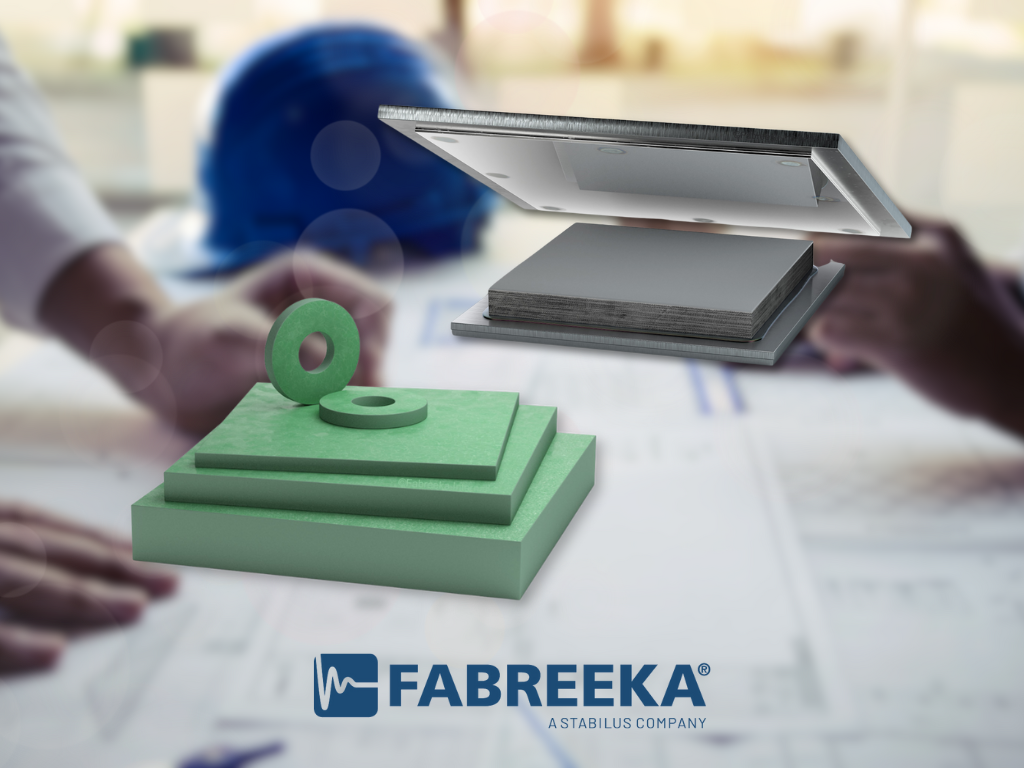




.png?width=250&height=250&name=TIM_Transparent%20(1).png)
.png?width=250&height=250&name=TIM%20and%20SBX%20Email%20Graphics%20(1).png)



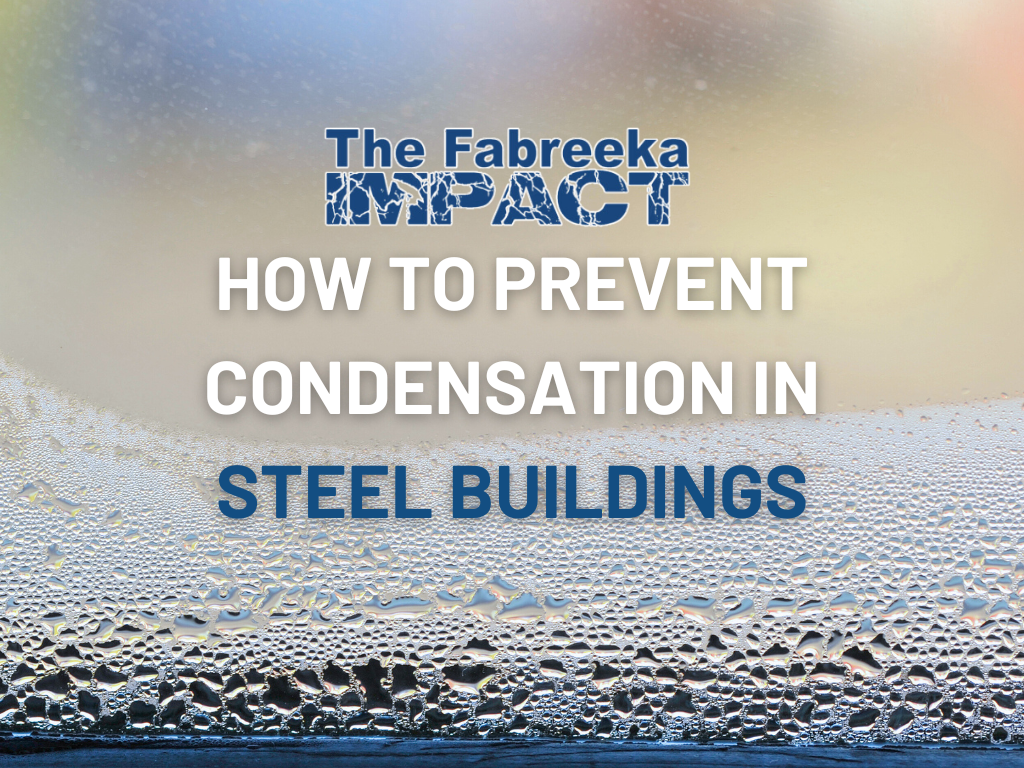
SUBMIT YOUR COMMENT